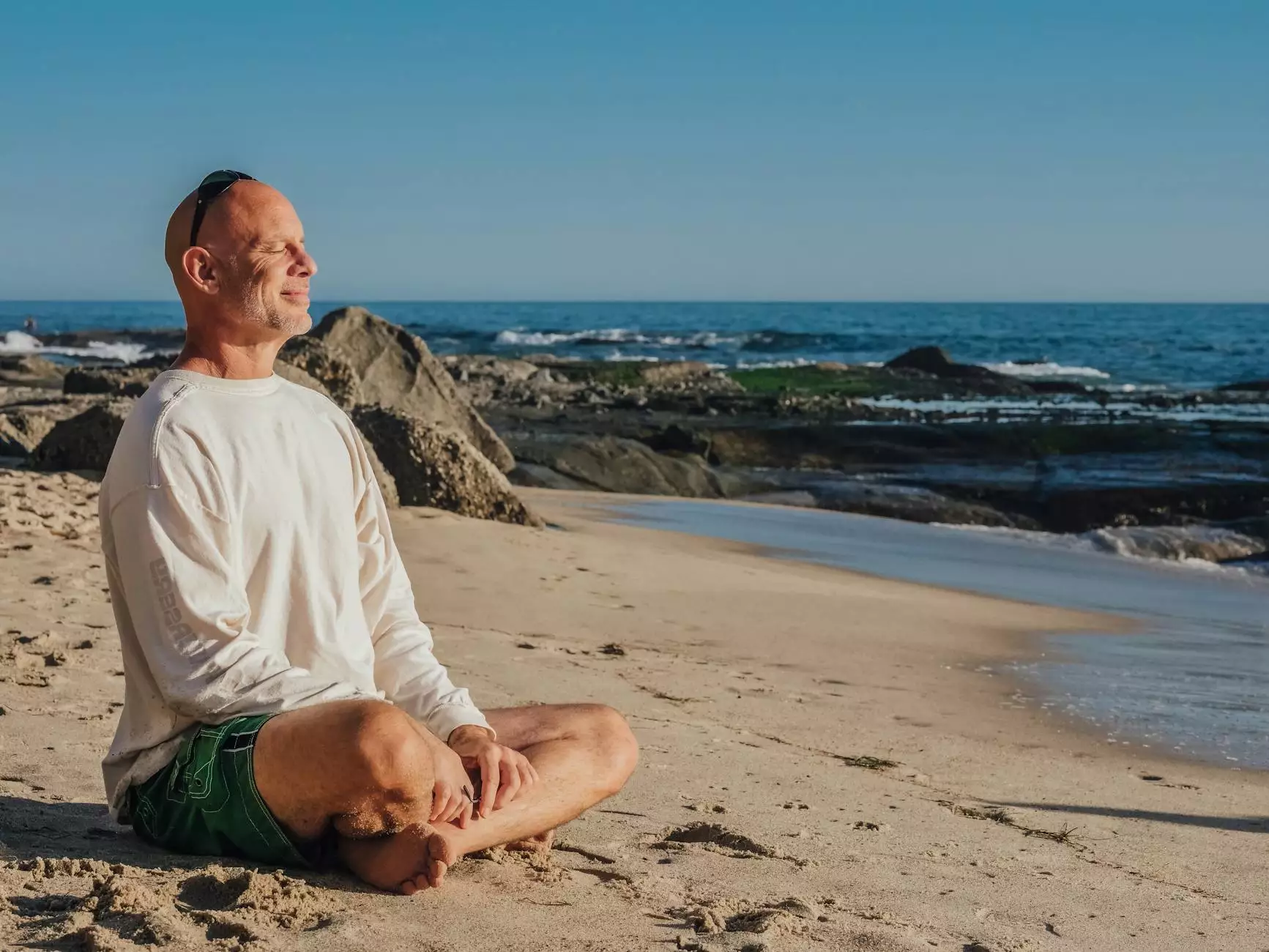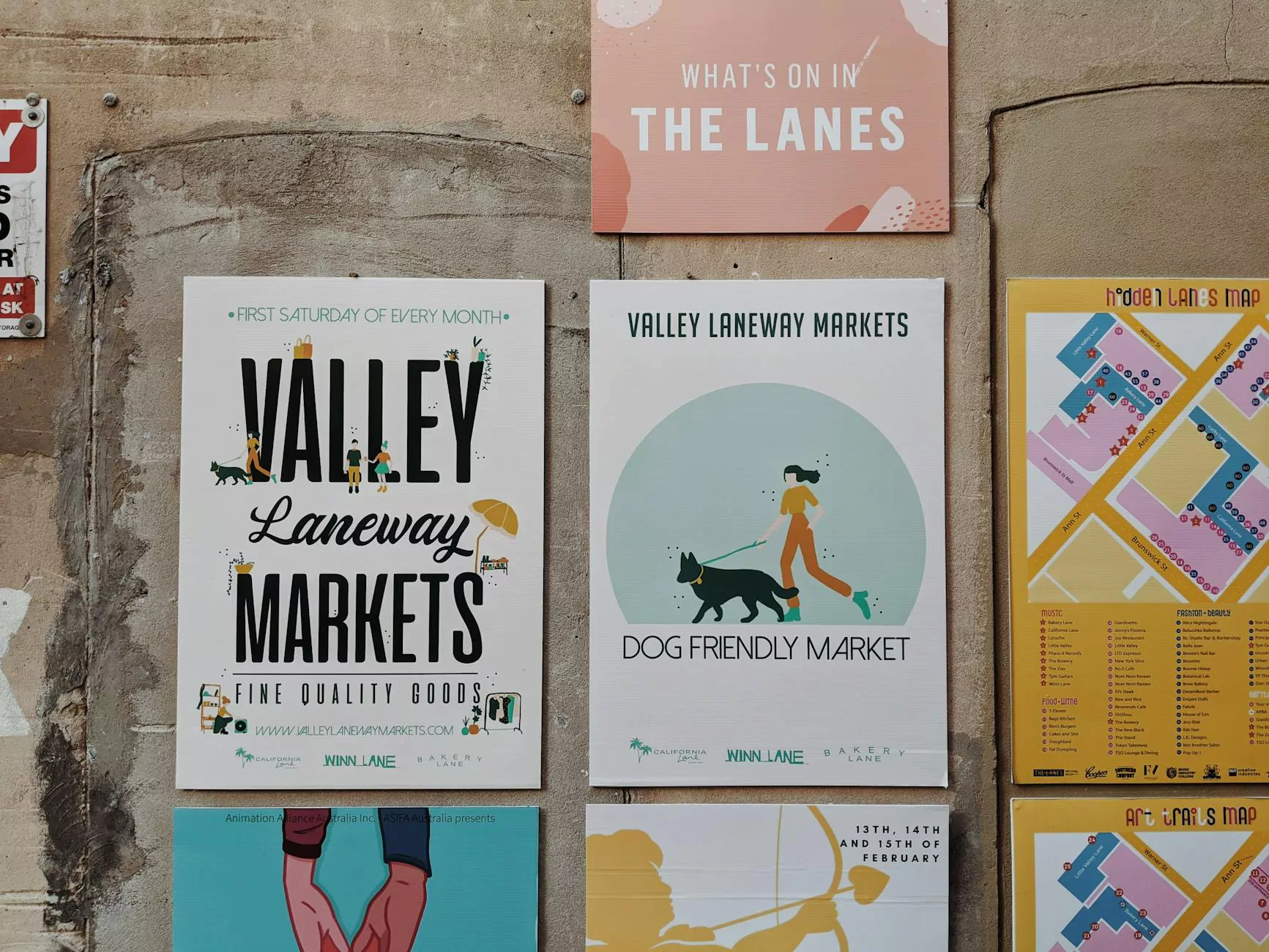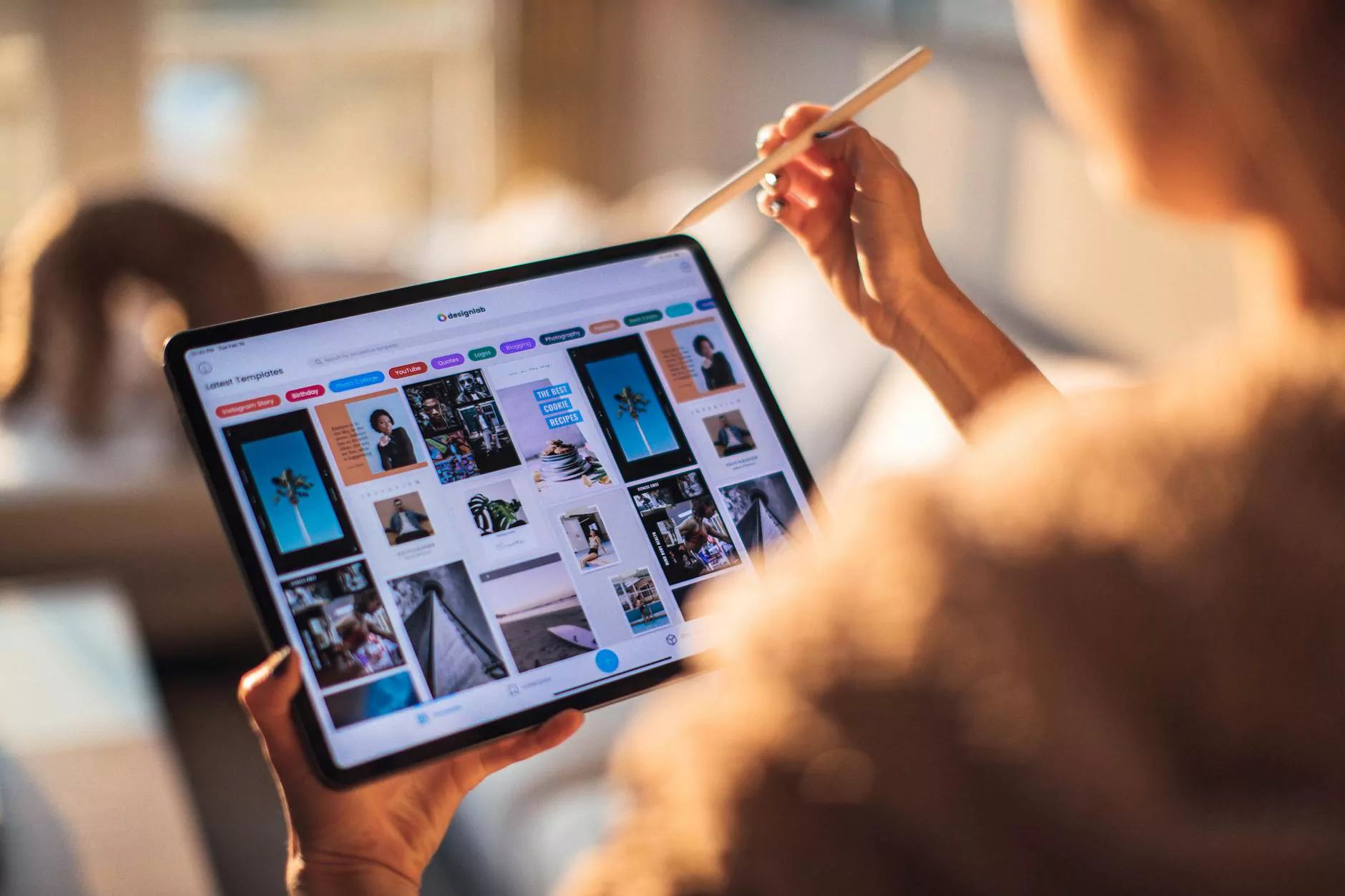The Importance of Choosing the Right Web Image Sizes

When it comes to creating a visually appealing and high-performing website, the web image sizes you choose play a crucial role in capturing the attention of visitors and enhancing user experience. As a leading expert in digital marketing, Creation Metrics understands the significance of optimizing images for websites to drive engagement and boost conversions.
Why Web Image Size Matters in Digital Marketing
Web image size impacts not only the aesthetic appeal of your website but also its performance in terms of loading speed and search engine optimization. Choosing the right dimensions and file formats for your images can make a significant difference in how effectively they display on different devices and browsers.
Optimizing Image Sizes for Faster Loading
Large image files can slow down the loading speed of your website, resulting in a poor user experience and potentially higher bounce rates. By resizing and compressing images to optimal sizes, you can ensure that your website loads quickly and efficiently, keeping visitors engaged and reducing the risk of losing potential customers.
Recommended Web Image Sizes for Different Types of Content
Creation Metrics offers a comprehensive guide on the best image sizes to use for various types of content on your website. From header banners and product images to blog post thumbnails and social media graphics, we provide tailored recommendations to help you showcase your visual content effectively.
Header Banners
For header banners that serve as the focal point of your website, we recommend using 1920 x 1080 pixels for optimal desktop display quality. Ensure that the file size is optimized to maintain fast loading speeds without compromising image clarity.
Product Images
When showcasing product images on your e-commerce website, it's essential to strike a balance between visual appeal and loading speed. Creation Metrics suggests using 800 x 800 pixels for product thumbnails and 2000 x 2000 pixels for detailed product views.
Blog Post Thumbnails
For blog post thumbnails that capture the essence of your content, we recommend dimensions of 1200 x 628 pixels to ensure compatibility with social media platforms and search engine results pages. Optimize your thumbnails to drive more clicks and engagement.
Social Media Graphics
When creating social media graphics to promote your brand, consider using a combination of 1080 x 1080 pixels for square formats, 1200 x 675 pixels for landscape formats, and 1080 x 1920 pixels for vertical formats. Tailor your graphics to each platform's specifications for maximum impact.
Image Optimization for SEO
In addition to resizing images for optimal display, Creation Metrics emphasizes the importance of image optimization for SEO purposes. By including relevant alt text, file names, and descriptive captions, you can improve your website's visibility in search engine results and attract organic traffic.
Alt Text and Descriptive Captions
Adding descriptive alt text to your images not only enhances accessibility for visually impaired users but also provides search engines with valuable context about your content. Incorporating keywords in your alt text and captions can improve your SEO rankings and overall website performance.
Conclusion
Choosing the right web image sizes and optimizing images for your website are essential steps in enhancing user experience, improving loading speed, and boosting SEO performance. As a trusted resource in the field of digital marketing, Creation Metrics is committed to helping you achieve success by leveraging the power of visually engaging content.









